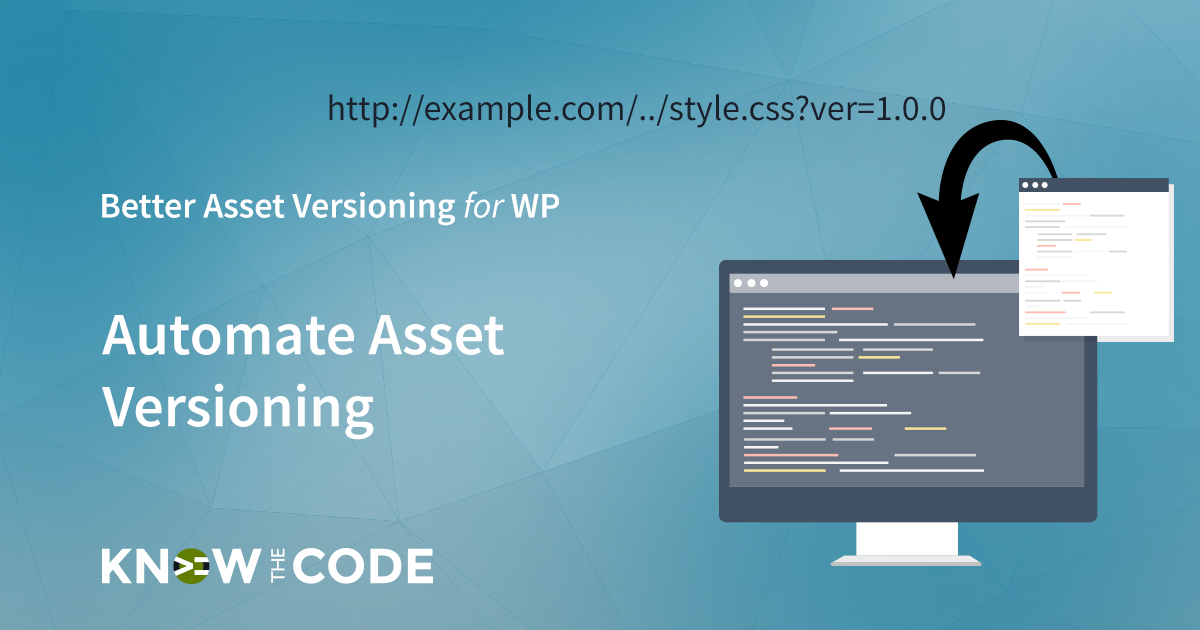Before we move on, let’s stop. We have a flaw in our strategy, specifically in the stylesheet URI callback. Challenge yourself and see if you can find it. Think about it. Part of your work here on Know the Code involves thinking through and planning out code construction. I’m trying to teach you how to strategize, think about code construction, and do problem solving. There are times when we’ll stop and look at potential problem areas. Our code has a flaw in it. See if you can find it on your own.


